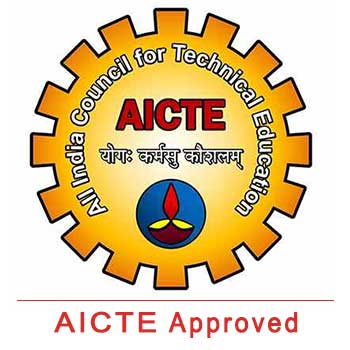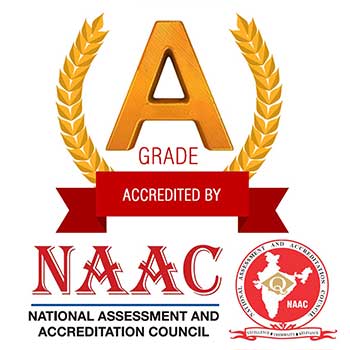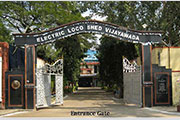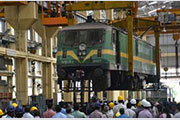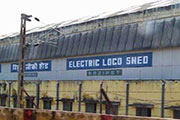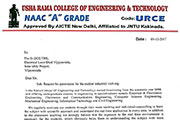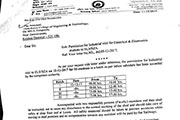III-Year Students Visited Electric Loco Shed
This report is regarding the trip to "ELECTRIC LOCO SHED - VIJAYAWADA" and experiences during the visit on 12/12/2017. We, 55 students of III EEE started at 9:00 a.m in one bus from telaprolu. We reached Vijayawada by 10:00 am. We were divided in four groups and facilitated by our faculty. One engineer who was present at that industry explained about how the motors are manufactured.
The purpose of our industrial visit is to get a practical view about windings i.e., in motors. Throughout our visit we saw the manufacturing of motors and its inner parts, mainly how the windings are wounded in a motor.
Railway electric traction describes the various types of locomotive and multiple units that are used on electrification systems around the world. It uses DC series motor for the engine and in traction it uses three phase induction motor for regenerative braking purpose.
A series wound DC motor has a low resistance field and armature circuit. Because of this, when voltage is applied to it, the current is high. (Ohms Law: current = voltage/resistance). The advantage of high current is that the magnetic fields inside the motor are strong, producing high torque (turning force), so it is ideal for starting a train. The disadvantage is that the current flowing into the motor has to be limited somehow, otherwise the supply could be overloaded and/or the motor and its cabling could be damaged. At best, the torque would exceed the adhesion and the driving wheels would slip. Traditionally, resistors were used to limit the initial current.
Despite the wide use of alternating current for power generation and transmission, the dc series motor is often used as a starter motor in automobiles and aircraft. This type of motor is also used as a traction motor because of its ability to produce a high torque with only a moderate increase in power at reduced speed.
Pantograph is a hinged frame that holds the collecting shoes against the wire in a fixed geometry. The pantograph method is best suited for high-speed operation. It is made-up of iron. It uses step-down transformer to convert voltage from 25KV to 440V for the engine.


